We rarely promote group tours mainly because we don’t understand them and are more worried about falling into traps after making a recommendation. Personally, I prefer going on self-guided trips. In most destinations where it’s feasible, I always prioritize independent travel.

In the last two years, the number of group tours we have participated in has gradually increased. With international travel opening up, group tours emphasize efficiency, and in some destinations or specific routes, joining a group can indeed be more rewarding. While independent travel has its merits, it involves managing everything yourself concerning food, entertainment, and accommodation, which can be stressful in certain locations or when traversing multiple destinations. It’s often challenging to cover all aspects thoroughly, whereas group tours primarily focus on convenience—simply follow along. For instance, every time I travel along the Songzan Line, I opt for a private tour; I don’t overestimate my capabilities in the Tibetan region, as I believe professionals should handle specialized tasks.

Moreover, group tours can also be relatively safer. In destinations that are not as secure, traveling with a group can provide a sense of reassurance. If you’re planning to visit South America or Africa, I suggest sticking with group tours whenever possible; independent travel can be quite difficult in those regions.

Today’s article focuses on methodology, presenting our reflections on how to choose reliable group tours, packed with practical insights.

When it comes to judging whether a group tour is reliable, I believe the most important factors to consider are three points: Is there shopping? What is the actual cost of the tour? Also, to what extent do optional paid activities affect the main itinerary?

1) Shopping
If the itinerary includes shopping stops, I suggest skipping it entirely. Within the industry, some shopping tours are referred to as “KB tours” (kick back), where the tourism enterprise’s profit lies not in providing travel services per se but rather in kickbacks from store visits and secondary consumption during the trip. To be frank, tours that include shopping can even have negative costs as long as there are enough designated shopping stops. Many group tours in Thailand and on the beaches can be cheaper than booking flights separately precisely because they include these shopping elements.
Don’t say you can refrain from buying anything. On one side, the guides might pressure you persistently; on the other hand, visiting shopping stores is a waste of time. You are essentially there to enjoy the trip, yet end up wasting your time in stores that provide little value. Of course, visiting an outlet mall in Europe or being dropped off on a popular commercial street doesn’t count as a shopping stop. Many European group tours feature itineraries that include visits to mainstream commercial streets (for instance, in Paris, it’s a must to visit the Champs-Élysées or Galeries Lafayette). Going to the Grand Bazaar in Turkey also isn’t deemed a shopping stop.
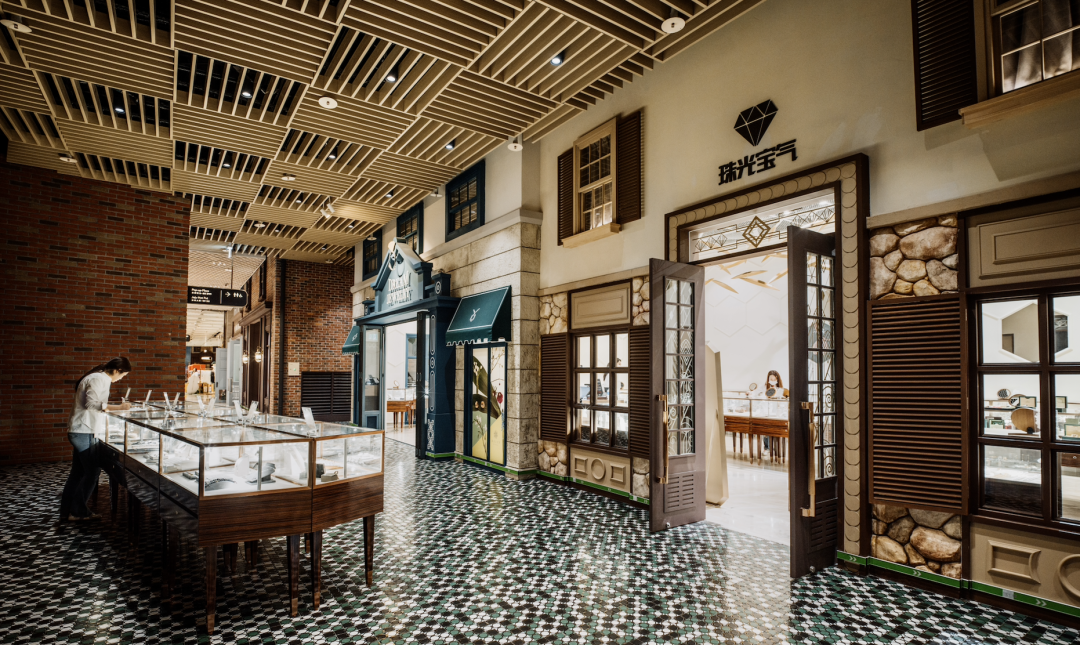
2) Actual Tour Cost
The starting prices for travel packages can often seem deceptively low, making their comparisons meaningless. Nowadays, there’s a troubling trend in group tours in Europe, America, and Africa that involve separate small gratuities, presumably to lower the starting prices. This can drive down the quality of offerings. Unfortunately, in many of these tours, it’s become almost impossible to find a package that does not require tipping.
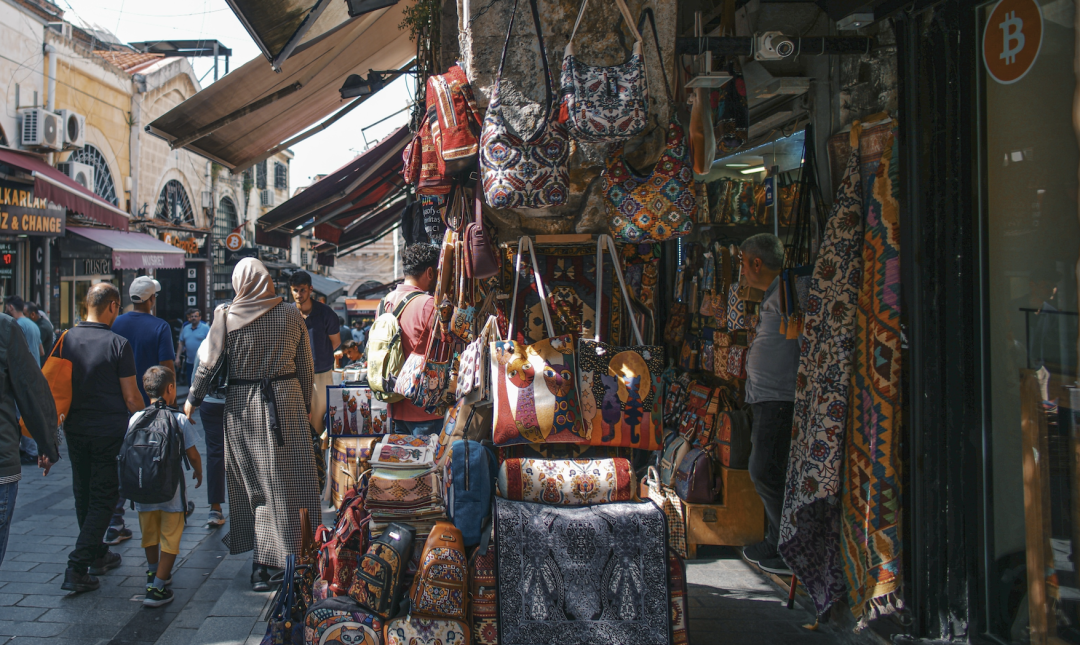
Additionally, it’s crucial to clearly understand which items are included in the itinerary costs and which are not. For instance, some group tours (especially those that join on arrival) do not include entrance fees. For example, a previously recommended European tour, “Euro Come and Go,” did not include any tickets or meals. It’s not that the lack of inclusion is inherently bad; it’s just crucial for you to recognize that looking solely at starting prices isn’t meaningful—always check the actual final expenses, which may be significantly higher than what you initially perceive.
3) Optional Costs
Group tours are typically unlikely to feature no optional costs at all. Even reputable operators like Viking will recommend various optional upgrades daily. However, you can still have a good time without participating in these extras. For instance, during our last trip with Amadeus, most highlights were included in the tour fare, unlike Viking, which offers optional extras at prices exceeding theirs.
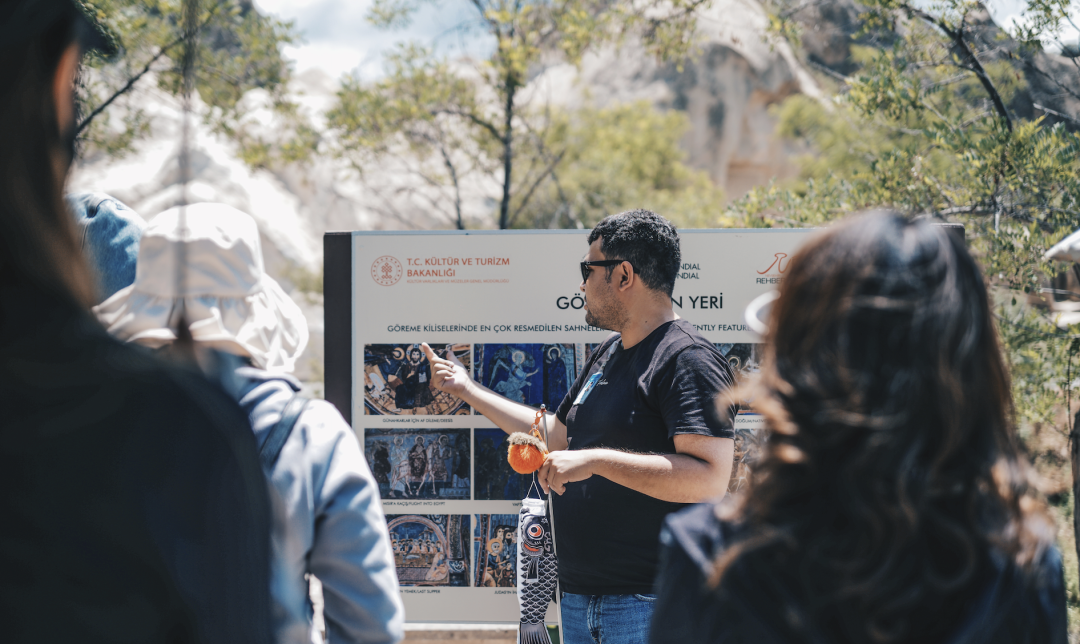
Regarding optional activities, here’s my perspective. It’s important to determine whether opting out of these activities will leave your travel itinerary feeling empty. For instance, if an entire day or a segment of your tour is scheduled for optional activities and if you choose not to participate, you could be left with nowhere to go, essentially forced into free time. Such scenarios make optional activities questionable and effectively indistinguishable from mandatory ones.
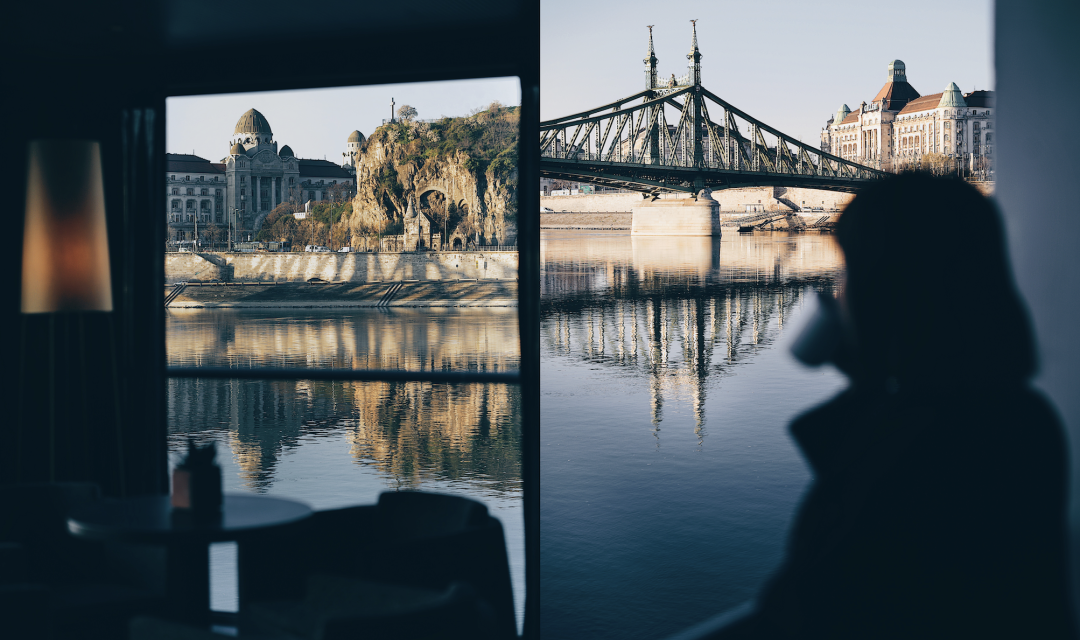
Reliable optional activities will usually be scheduled for early mornings or evenings (before or after the main itinerary), meaning that not participating won’t influence the key components of the trip. A good example can be seen with the small assistants currently in Turkey—the group they are part of offers optional hot air balloon rides in the early morning before the itinerary starts, while paragliding in Fethiye is scheduled after the day’s activities, allowing participants to skip it without it affecting their enjoyment of the day’s tour. Optional activities often enhance the experience rather than make it pivotal.
You must be cautious about itineraries that turn most of what should be included into optional activities. If you choose not to participate in these paid extras, you might find that you genuinely can’t experience the tour. This setup is counterproductive! This also explains why certain travel packages for higher-end destinations can appear cheap initially, only to reveal once on-site that everything is additional and requires payment for optional activities. This phenomenon is particularly common in European group tours.
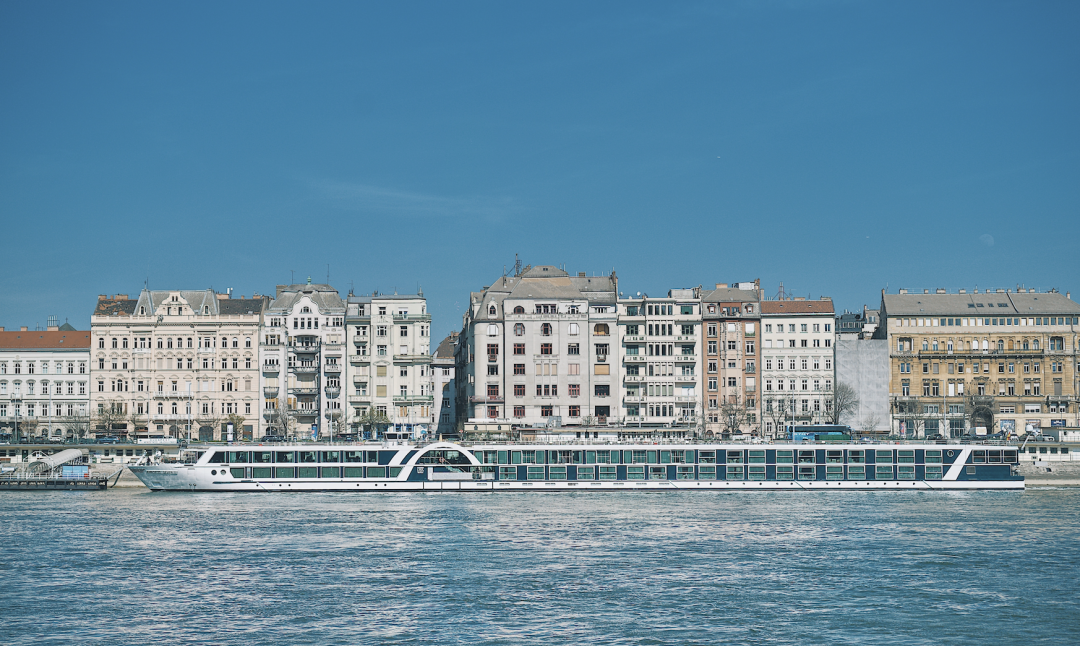
Additionally, optional costs should be disclosed upfront; otherwise, there’s a risk of the guide increasing prices arbitrarily. Before making transactions, you should be informed about the optional activities included in your itinerary and their respective costs.
Of course, these optional activities will likely be pricier than booking similar tours locally. For example, during our recent journey to Turkey, the guide quoted the hot air balloon experiences at 280 USD per person, while similar services could be found for around 100 USD online. We ultimately chose the guide’s offer, mainly due to differences in vendors and the reluctance of domestic agencies to engage less reputable local suppliers. Moreover, these optional activities generally serve as additional profit for the tour operators.

Furthermore, pay attention to these factors: maximum group size and minimum participants. Fewer people in a group typically lead to a better experience, but the costs per person rise as the group shrinks, reducing value for money. I suggest keeping group sizes below 25 or 30 people as experiences can diminish beyond that point.

In addition to the maximum crowd size, it’s also vital to consider the minimum number of participants required. The current market situation is tough; many tours may not fill up. If you sign up but the minimum number isn’t reached, resulting in cancellation, that would be quite unfortunate. These scenarios are not uncommon.
Food

Many people think group tour meals aren’t tasty because the budget is insufficient! However, this can be avoided by thoroughly understanding how many meals will be included in the itinerary and the budget allocated for each meal—doing so can provide a good overall view of your culinary experience.

If a tour features specialty meals plus local dishes, or if it’s confident enough to include hotel meals, that can be a good sign. If it claims a Chinese round table meal or something similar, the standard won’t drop too low. The biggest concern is when no specific meal information is provided (because there’s nothing to share). For example, a tour previously recommended in Sri Lanka had dinners at hotels that were buffets. While the top limit might not be particularly high, the lower limit certainly would not dip too low.
In the small assistant’s Turkish itinerary, there were many local specialty meals arranged throughout the trip. While not every meal may be fantastic, at least they contributed to a delightful experience overall.

Accommodation
International chain hotels are generally preferable to local chains. The main issue is that local hotels usually lack standardized ratings—there aren’t uniform star ratings across all countries. As a rule of thumb, I recommend adjusting your expectations down one star when considering local hotels to prevent too much disappointment.

Typically, tour operators disclose hotel names or use reputable equivalents, while those that avoid doing so might engage in dubious practices.
Most group tours in Europe place accommodations in suburban areas, primarily wishing to discourage guests from wandering out at night (due to safety concerns). Additionally, by not frequently entering or exiting cities, the tours can save significant travel time.

When participating in European group tours, managing expectations regarding accommodations is crucial. Many European hotels tend to be older with some established years. Some might even lack air conditioning due to environmental issues or simply because of the climate.
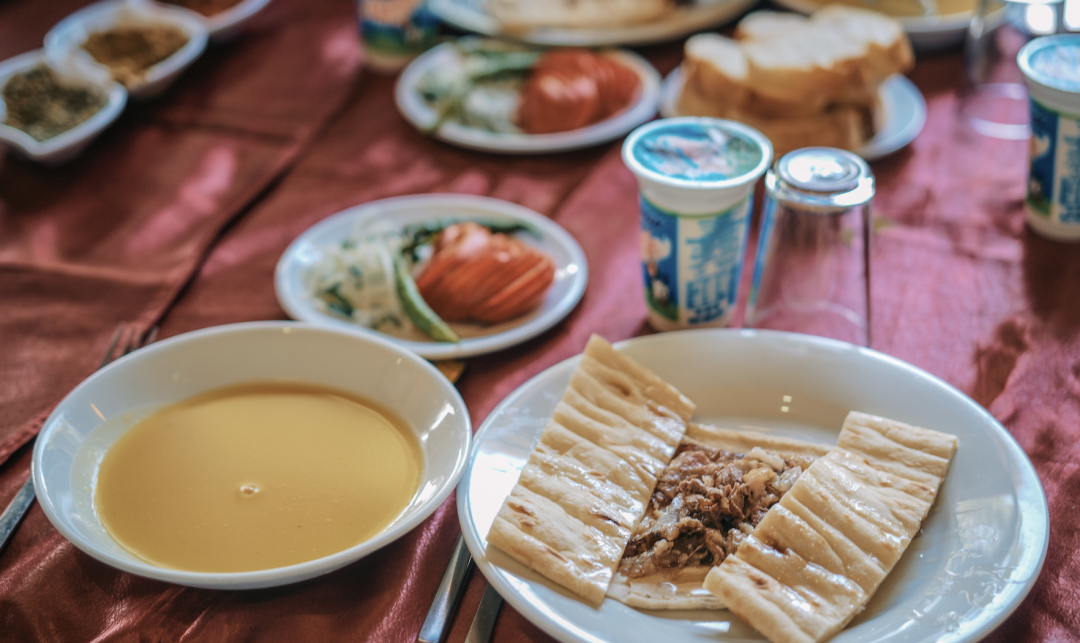
Breakfasts at European hotels tend to be quite basic, often limited to bread, tea, juice, or coffee. Rooms usually won’t provide toothbrushes, toothpaste, or slippers.
One caution to note: specific routes, like the Egypt tours, manipulate hotel ratings. They may claim to offer five-star accommodations, yet these hotels’ ratings often have dubious origins—specifically catering to Chinese tourists, they can appear as five-diamond listings on booking platforms. This practice can be quite disheartening.

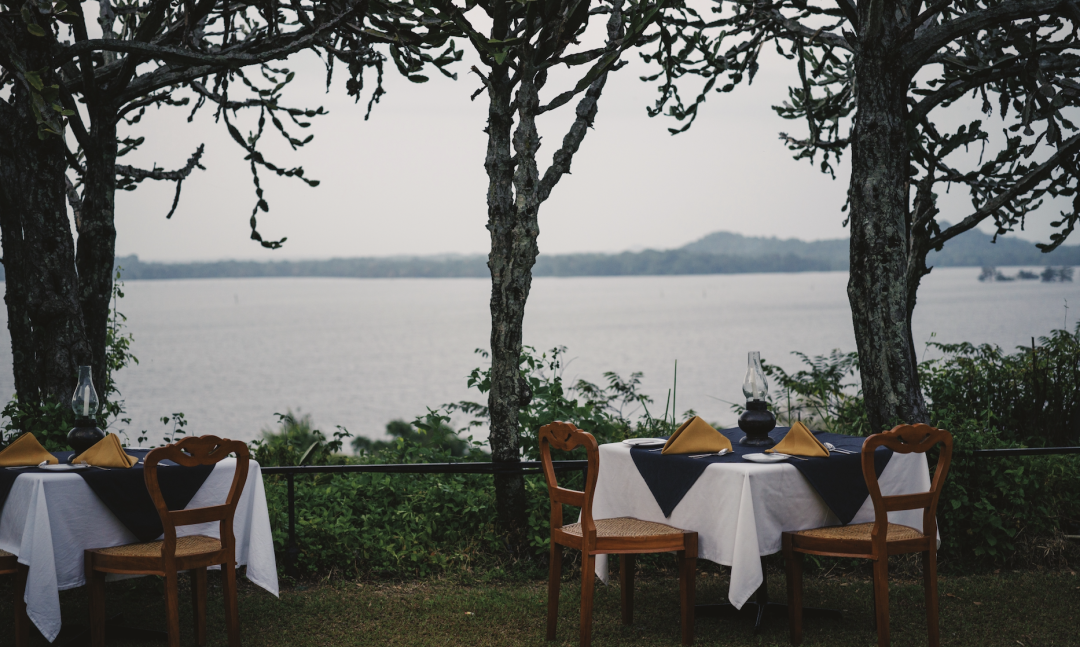
Additionally, don’t expect group tours to lodge you in one hotel for an extended period. I can confidently say that the vast majority of group tours across Europe, Africa, South America, and Australasia involve changing hotels daily. There’s simply no alternative, as most tour attendees hope to visit as many places as possible within their itineraries.
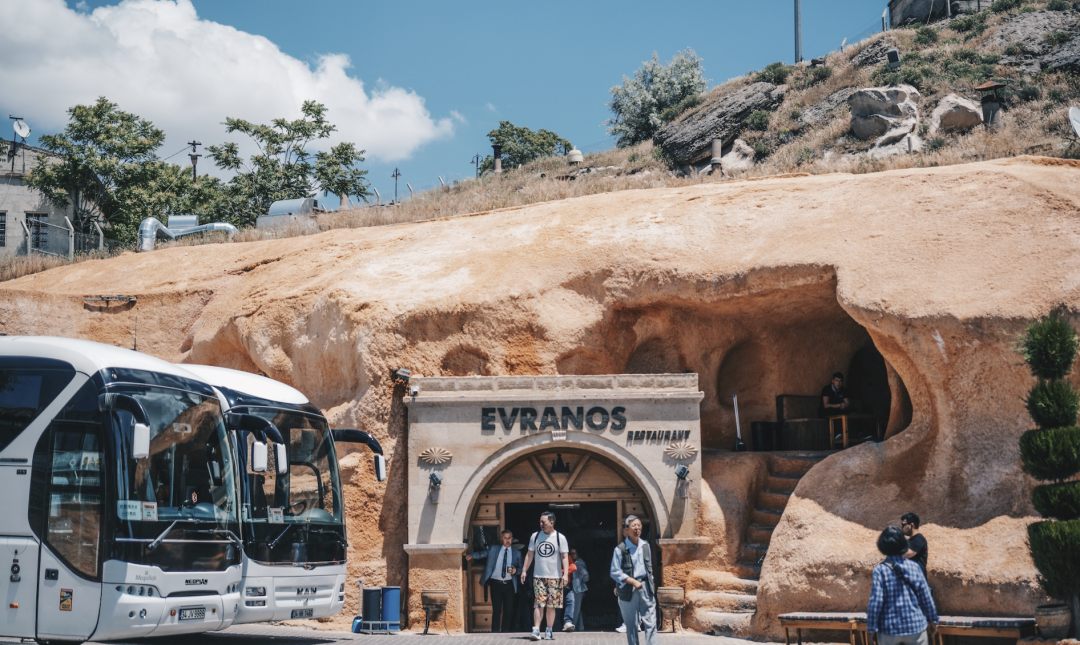
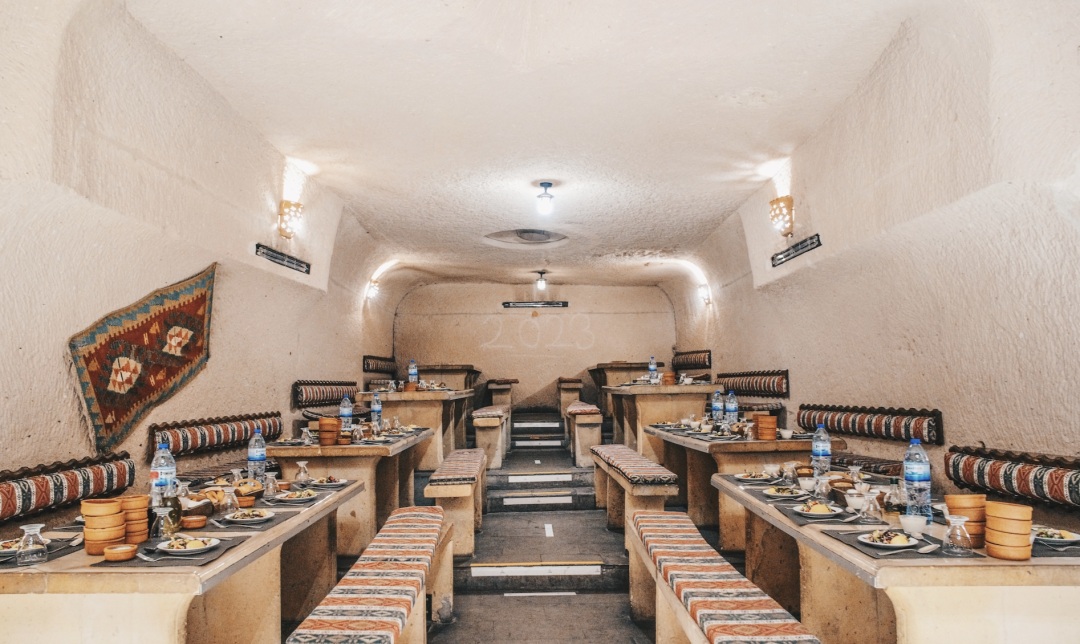
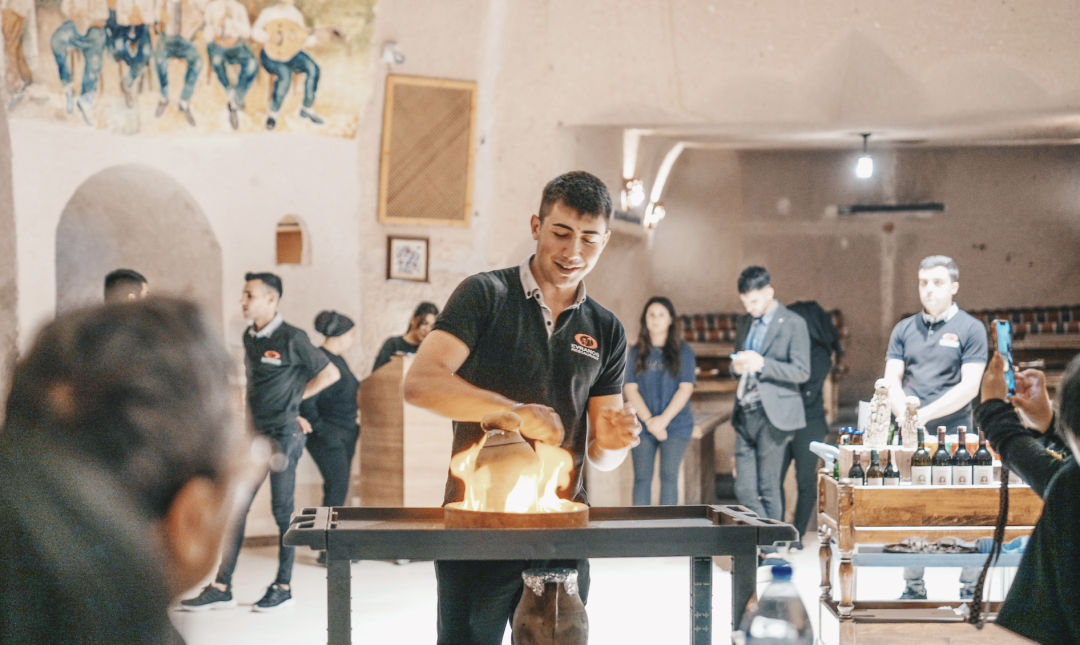
Transportation
Here’s my perspective on group tour itineraries. For many destinations, particularly for most group tour participants, experiences can feel like a once-in-a-lifetime opportunity—Egypt, Turkey, Kenya, Antarctica—these are truly special places.
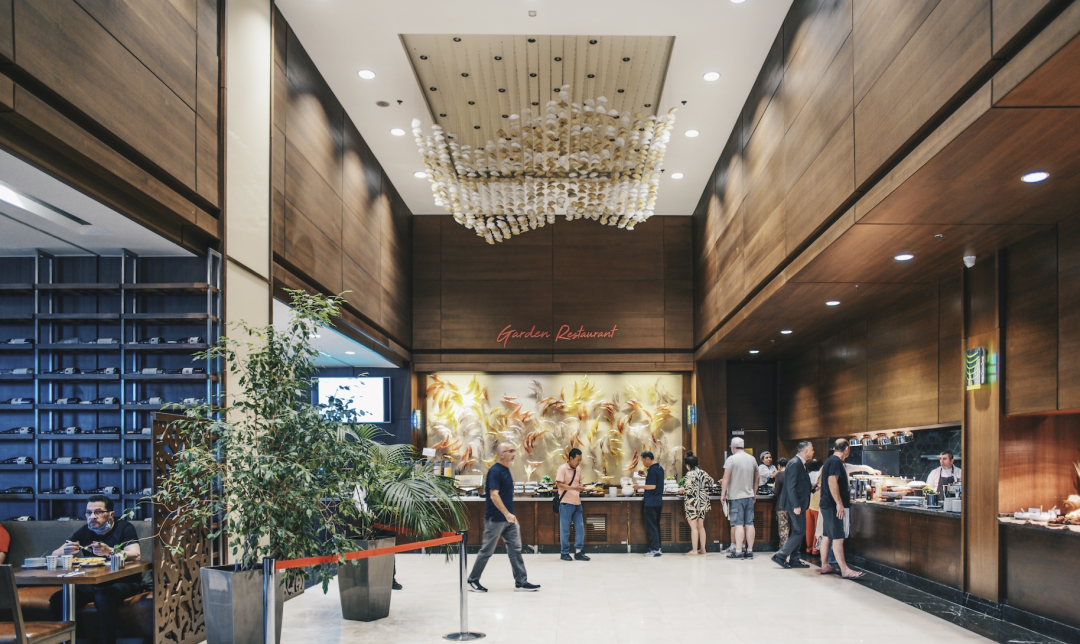
A once-in-a-lifetime destination needs to include all classic highlights and add 1-2 trending spots (ones that conventional tours typically overlook) that provide bragging rights for tourists upon their return. Therefore, it’s understandable why itineraries can seem a little rushed. For many travelers, they may only embark on one substantial international trip a year.

Furthermore, many destinations require a minimum number of days for a comprehensive experience. For example, in New Zealand’s South Island, anything less than nine days makes it challenging to feel satisfied with your visit. Similarly, in Turkey, if the tour lasts for fewer than eight nights exploring the entire region, some areas will inevitably be missed.
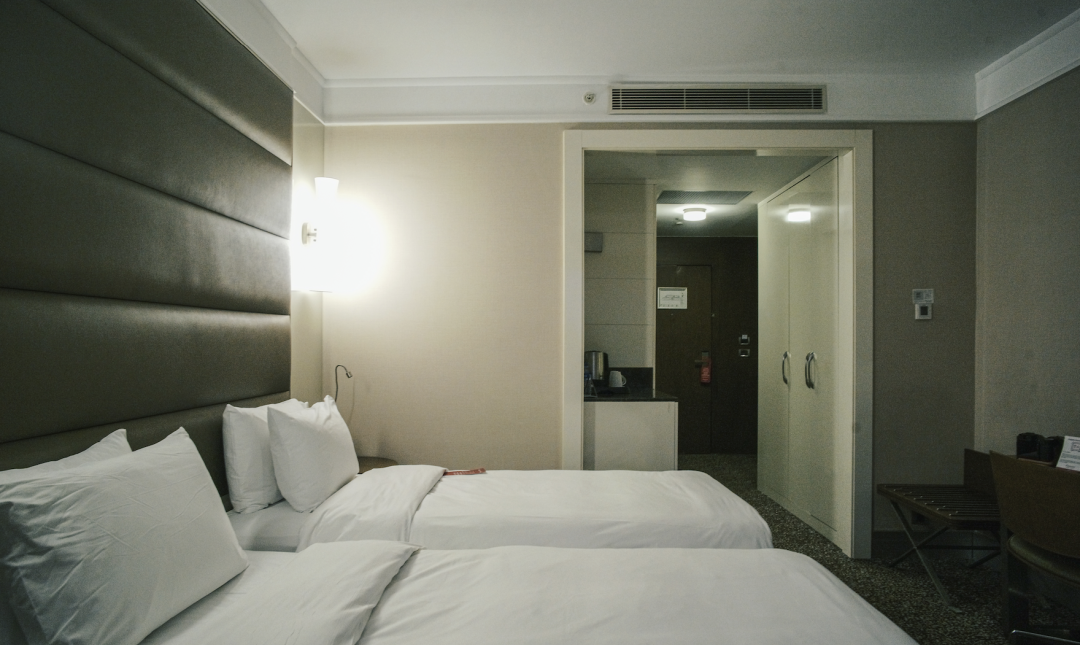
Prior attention should also be given to the noted attractions. It’s vital to determine whether these visits are merely for exterior views or if they allow for interior explorations. This distinction is crucial! For instance, many tours in Germany make a stop at Neuschwanstein Castle, but some tours only offer a view from the outside. The Louvre in Abu Dhabi and the Grand Mosque require entry to grasp the full impact of these places.

The duration of daily travel is also critical. Most activities occur during daylight, and long travel times can severely hinder the overall experience. This issue is particularly glaring in Europe, where some multi-country tour itineraries involve excessively long transit durations. It’s advisable to clarify this before registering.
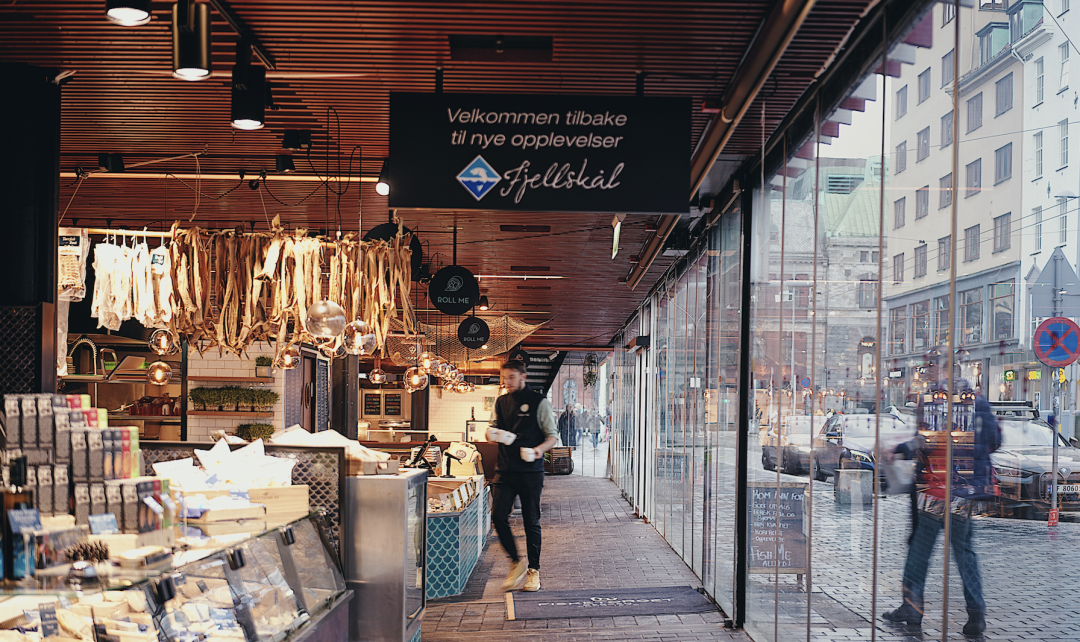
The best group tours in Turkey include three internal flights (Istanbul to Cappadocia, Cappadocia to Izmir, Antalya to Istanbul). However, internal flights can be expensive, and typically two are used. Cheaper Turkish tours often entail long bus rides, without allowing for any internal flights. Turkey is vast—roughly comparable to half the size of Xinjiang—and the full bus journey can require several days of 8+ hour rides, leading to painful travel experiences. The same applies to Egypt; I suggest selecting itineraries with at least two internal flights—or prepare for discomfort.
If a group tour itinerary includes significant transportation, keep an eye on the flight timings. When participating in intercontinental group tours, it’s advisable to opt for direct flights, as they save considerable time, although the fares may reflect higher costs (which will be added to the package price). When going to Europe, aim for domestic airlines, which can often save travelers around two hours of flight time.
It’s essential to examine European itineraries with caution regarding flight points. For instance, in the case of France, Switzerland, and Italy, the travel duration can be lengthy, so ideally, the best points of entry would be Rome for arrival and Paris for departure, avoiding backtracking. Some tours, aiming for lower costs, often base themselves out of Frankfurt, Milan, or Munich for trips through France, Switzerland, and Italy, resulting in constant rush hour discomfort.

Some travel agencies may even book groups entering and exiting from Milan or Frankfurt for tours through Germany, France, and Italy—this is quite unreasonable and may cause significant additional travel time.
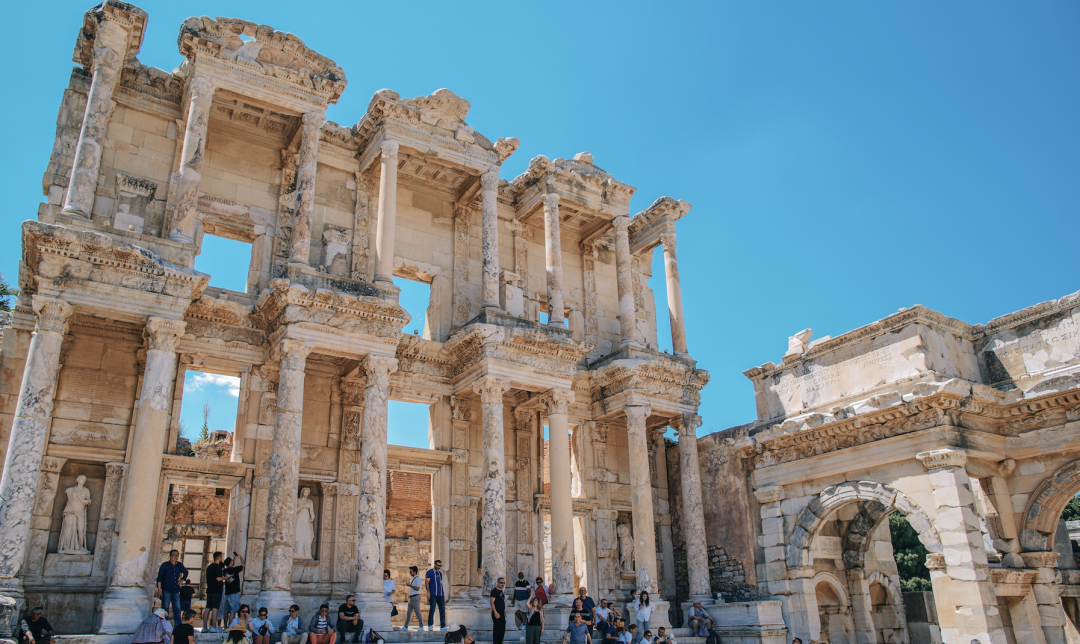
When selecting a group tour, thorough research of the itinerary must occur before registration. Running through my guidelines will help you discern the tour’s reliability naturally.

Beyond that, there are specific considerations when choosing a travel agency. It’s advisable to opt for national agencies (China National Travel), regional specialists (China Youth Travel), and those with an airline background (e.g., Spring and Autumn), as they are more unlikely to compromise on quality.
Travel agencies like Ctrip and Fliggy operate self-owned travel services which can also be considered. While this doesn’t guarantee reliability, it does mean they are bound more strictly by regulations that can act as leverage for ensuring service quality. These agencies’ reputations offer both advantages and drawbacks.
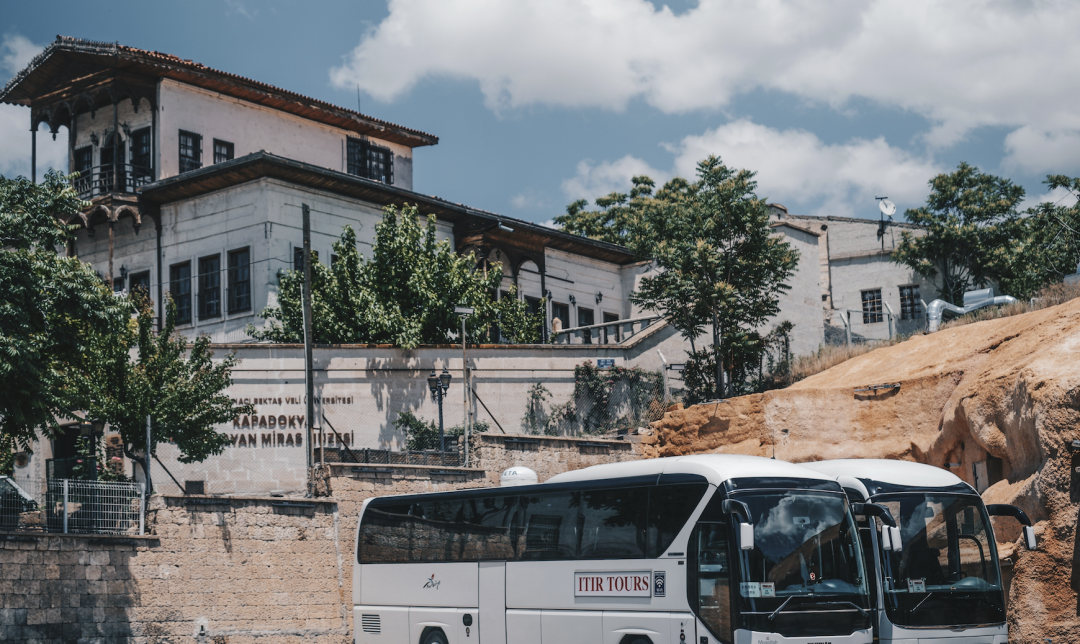
Be cautious about joining group tours organized by various insurances, micro-businesses, multi-level marketing groups, car clubs, or community forums—they’re especially problematic in tourist areas like Nha Trang, Manba, Yunnan, Qinghai, and Xinjiang. I recommend delaying decisions on group tours promoted through platforms like Xiao Hong Shu or Douyin, as their rating systems are currently undeveloped, lacking systems of reward or punishment which creates opportunities for businesses to exploit gaps.
Always ensure to sign a formal travel contract to confirm the relationship of contractual parties. Simply put, this guarantees you know who to approach should any complaints arise. Furthermore, make sure to purchase travel insurance; for many issues that occur during a trip, filing claims through insurance companies will be more reliable. Importantly, be sure to understand the cancellation and amendment policies; clearer rules generally indicate more reputable services.

Finally, this is the segment to advise against group tours. The current state sees most group tours running from dawn till dusk, changing hotels daily and restricting time at landmarks, which often leads to a hurried experience that prevents full enjoyment.
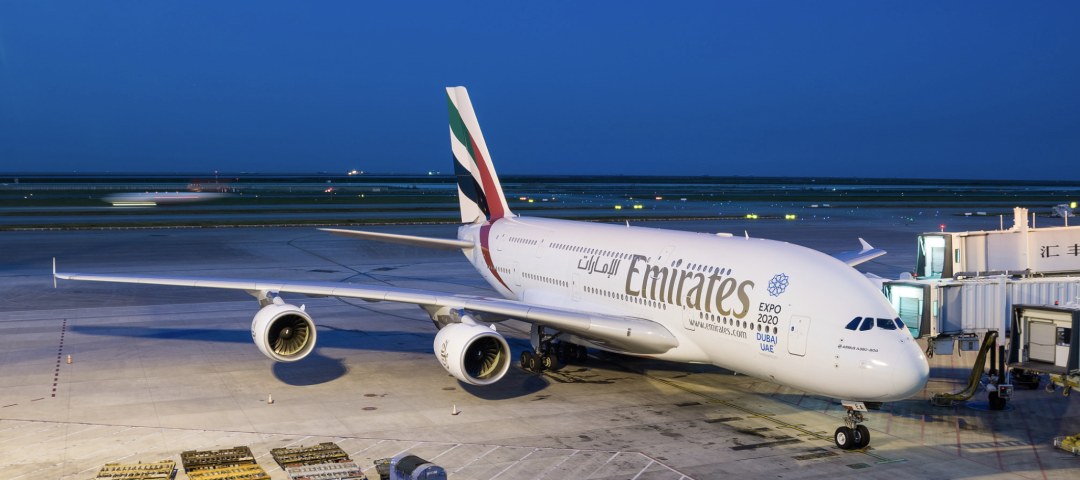
There are essentially no leisurely-paced group tours (aside from private, small, or custom-tailored groups). When Chinese tourists travel abroad, there is often an emphasis on maximizing experiences, leading many to desire to visit as many places as possible in one itinerary. Group travel lacks the spontaneous nature of independent journeys, as considerations for other group members’ feelings come into play.
In conclusion, group tours and independent travel cater to entirely different audiences. We shouldn’t disparage group tours simply because we prefer independent travel; for many destinations, it genuinely can be a once-in-a-lifetime experience.

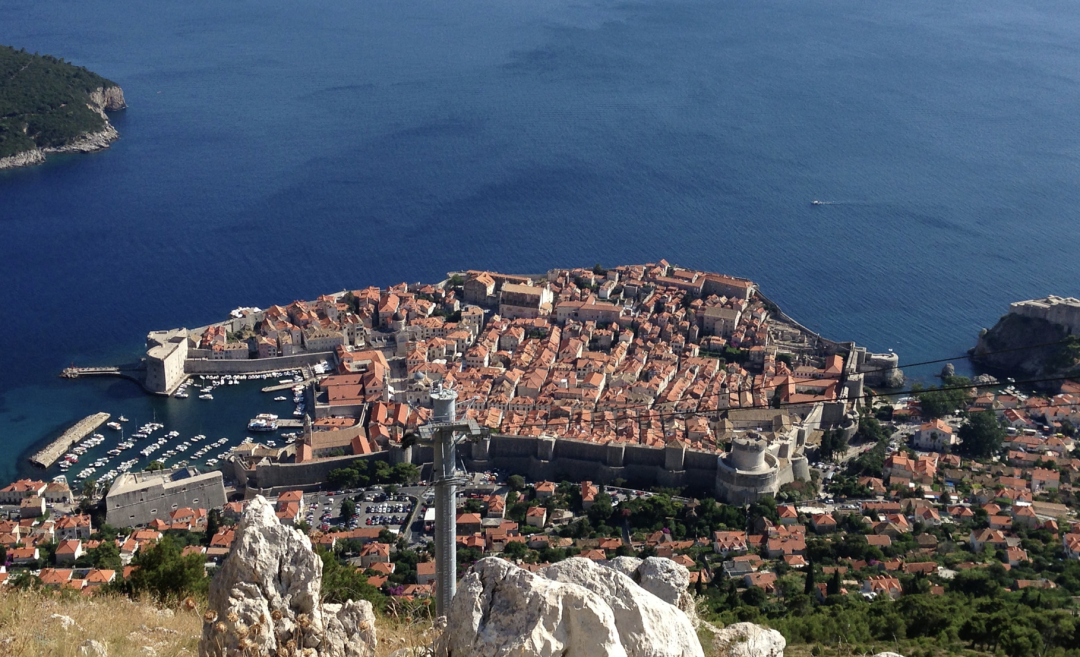
If you love to travel, don’t forget to follow and pin our official WeChat account! I am Ji Su Cai Cai, the managing editor of the Xi You WeChat account and a travel blogger skilled at intertwining travel with airlines, hotels, and credit card deals—to help you travel smarter!


